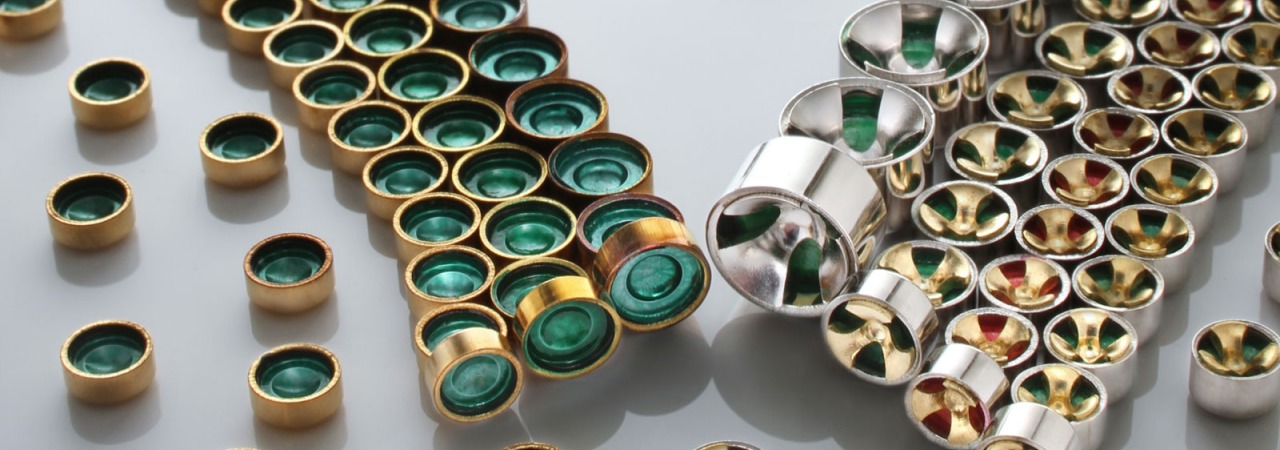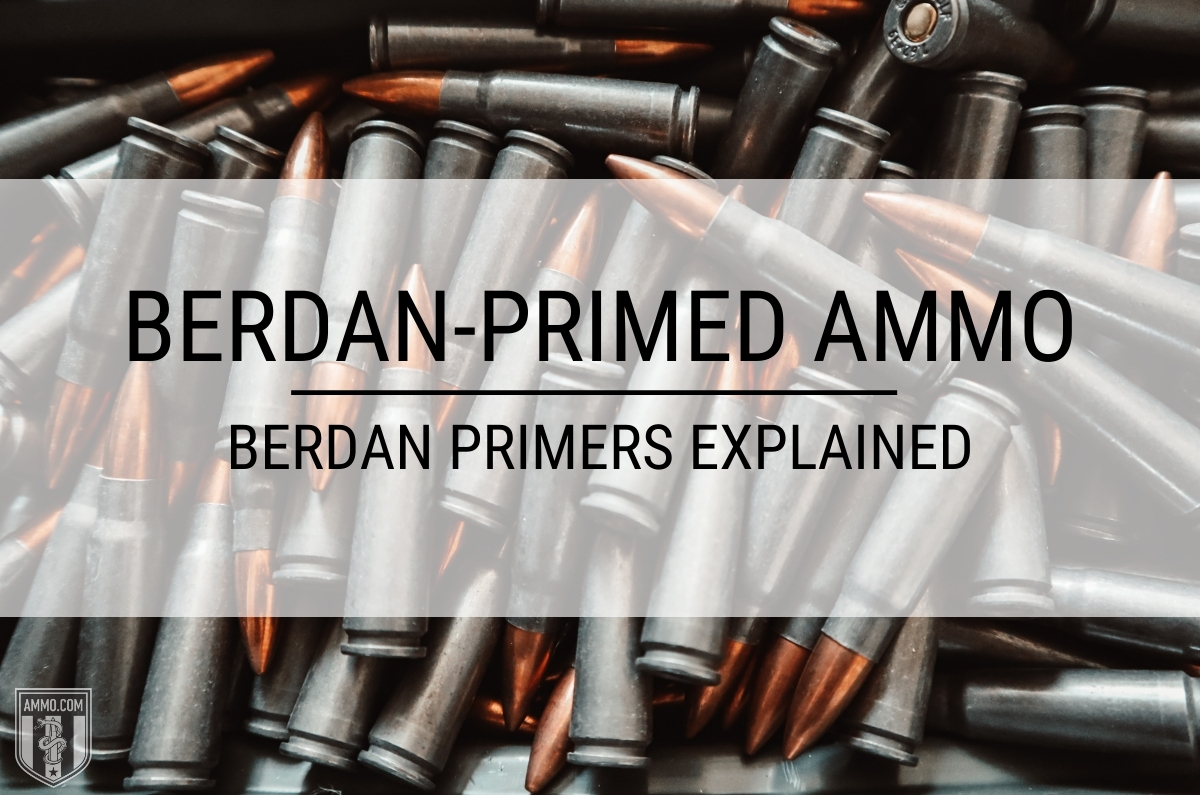Some Known Details About Primers In Stock
Wiki Article
The Main Principles Of Small Pistol Primers
Table of ContentsThe 20-Second Trick For Remington PrimersGetting My Rifle Primers To WorkThe smart Trick of Small Pistol Primers That Nobody is DiscussingThe 2-Minute Rule for Pistol PrimersAll about Remington Primers
Component of the gun cartridge for launching propellant combustion In guns as well as artillery, the guide () is the chemical and/or gadget liable for initiating the propellant burning that will certainly press the projectiles out of the gun barrel. In early black powder guns such as muzzleloaders, the primer was basically the exact same chemical as the primary propellant (albeit generally in a finer-powdered form), but poured right into an outside flash frying pan, where maybe sparked by an ignition source such as a slow match or a flintlock Some muzzleloaders have guides like cap gun caps.
Examples consist of hand gun cartridges, rifle cartridges, as well as shotgun shells. Larger artillery items in comparison normally make use of electrical priming. In artillery the primers are often a different element, put inside the barrel to the back of the main propellant chargebut there are various other instances of guns, consisting of as an example some automatic tools, made to fire cartridges with integral electrical primers.
Cci Primers - Truths

With the introduction of hand-held guns, this ended up being an unwanted way of shooting a weapon. Holding a burning stick while trying to put a fee of black powder thoroughly down a barrel is dangerous, and also trying to hold the gun with one hand while at the same time aiming at the target and also looking for the touchhole makes it very tough to fire precisely. The first attempt to make the process of firing a tiny arm less complicated was the "matchlock".
The suit was a slow-burning fuse made from plant fibers that were soaked in a remedy of nitrates, charcoal, and sulfur, as well as dried out (https://www.stories.qct.edu.au/profile/andrewjaeger0217/profile). This "slow-match" learn the facts here now was ignited prior to the gun was needed, and it would slowly melt, keeping a hot coal at the burning end. After the gun was packed and also the touchhole topped with powder, the burning idea of the suit was positioned to ensure that the lock would certainly bring it into contact with the touchhole.
The Main Principles Of Federal Primers
This brought the suit down to the touchhole, firing up the powder - https://anotepad.com/notes/5rtqxstk. With careful focus, the slow-burning suit could be kept melting for long periods of time, and the use of the lock mechanism made rather precise fire possible. The next transformation in ignition innovation was the "wheel-lock".

The covered flashpan also gave some capability to withstand negative weather. federal primers. Wind, rain, and damp climate would certainly provide a matchlock useless, yet a wheel-lock that was packed and also waterproofed with a little oil around the flashpan might be discharged under many conditions. The wheel-lock appreciated only a quick duration of appeal prior to being superseded by an easier, much more durable design.
Getting The Primers For Sale To Work
The flint was held in a spring-loaded arm, called the "penis" from the similarity of its movement to a pecking chicken. The penis revolved through around a 90-degree arc as well as was held in the tensioned, or "cocked" placement by a trigger.The "half-cock" setting held the cock halfway back, as well as made use of a deep notch so that shooting would not launch the cock. Half-cock was a safety and security placement, made use of when loading, storing or lugging a packed flintlock. The "full-cock" setting held the cock right back and also was the setting where the gun was fired.
It worked as both a flashpan cover and also a steel striking surface area for the flint. The frizzen was pivoted and also spring-loaded so that it would certainly secure the open or shut placement. When closed, the striking surface was placed to make sure that the flint would certainly strike at the proper angle to create a trigger.
Our Small Pistol Primers Statements
The flintlock mechanism was less complex as well as stronger than the wheel-lock, and also the flint and steel offered a good, reputable resource of ignition. The flintlock remained in military service for over 200 years, as well as flintlocks are still made today for historical re-enactments and also muzzle-loading target competition, and also for seekers that take pleasure in the added difficulty that the flintlock provides.By the middle of the 19th century, the percussion or caplock system was well established., as it was easier and also much more reputable than the flintlock.
The flashpan and also frizzen were gotten rid of and changed by a small, hollow horizontal cyndrical tube (drum) screwed right into the bored-out as well as tapped flash opening and bring a "nipple area" over which the cap might be fitted. A "hammer" which additionally had half-cock (for filling as well as using the cap) and also full-cock positions replaced the dick.
Report this wiki page